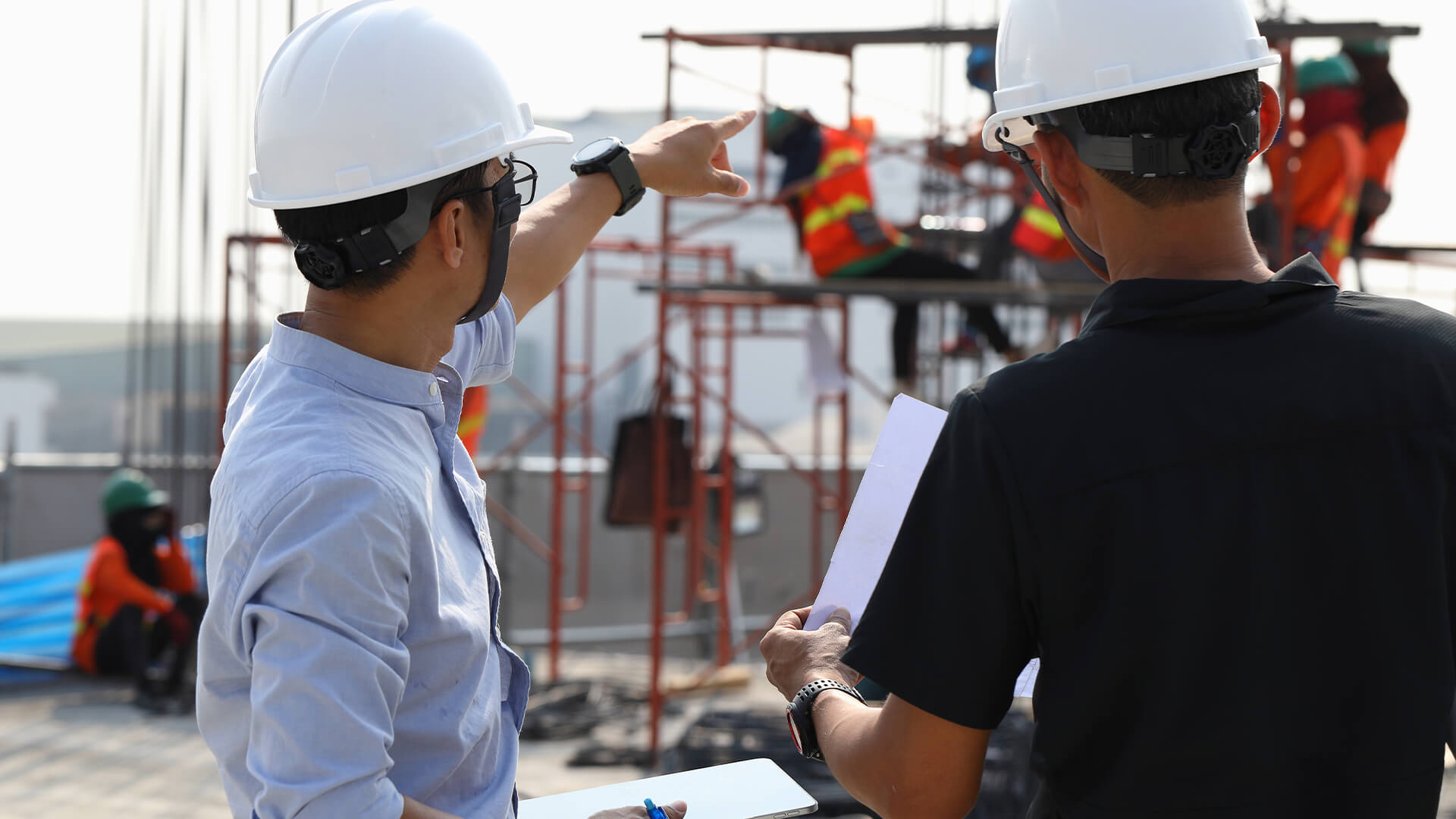Planning a development project in construction, engineering or any other architectural field can be a daunting task. And whilst it may be tempting to press on and get on with the work as quickly as possible, the key to success is overwhelmingly in the planning and preparation.
It’s at this provisional stage that you can ascertain the ingredients you’ll need to achieve your objectives and ensure that nothing is left behind. Even though deadlines are often tight, and the pressure equally as intense, a failure to properly plan can result in delays and costs that may have been avoidable.
The first step in your preparation is to establish the goals of the project, and those goals should be formulated by seeking input from a range of perspectives, including key stakeholders, investors, contractors and, of course, the client.
Identifying who belongs on this panel is a part of this process and as a general rule you should engage with anybody likely to be affected, whether directly or indirectly.
Understand each person’s needs through interviews and group sessions, where opinions are heard, and resolutions reached. The last thing you need are concerns being raised when you’re already well on with the job, so seek out these viewpoints as early in the process as possible by walking through the project with the right people.
Establish The Goals Of The Project
The first step in your preparation is to establish the goals of the project, and those goals should be formulated by seeking input from a range of perspectives, including key stakeholders, investors, contractors and, of course, the client.
Identifying who belongs on this panel is a part of this process and as a general rule you should engage with anybody likely to be affected, whether directly or indirectly.
Understand each person’s needs through interviews and group sessions, where opinions are heard, and resolutions reached. The last thing you need are concerns being raised when you’re already well on with the job, so seek out these viewpoints as early in the process as possible by walking through the project with the right people.
Risk Management
The next and perhaps most crucial step is risk management – that is having an acute awareness of what could go wrong and the steps you will take if they do. This typically ranges from deadlines being missed and costs being underestimated to equipment breaking, and even injury or illness affecting your project team.
For this reason, it’s essential that robust insurance policies are in place. Construction insurance at next-insurance.com can be tailored to meet a range of requirements, budgets and time frames, and specialist policies for operators in the sector are available.
Focus On The Resources Required To Create Your Project
From there, it’s important to focus on the deliverables of your project and the resources required to ensure they are met. Consider when these boxes will be ticked, who will tick them and what additional support you may require.
Having a grasp of key milestones across the lifespan of your project will help provide reassurances to your stakeholders and peace of mind to colleagues who are working as part of the wider team.
Factor In A Human Resource Plan
You should also factor in elements like supporting plans, such as a human resource plan, that lays out in clear language who is leading each area in the delivery of your project. This will help promote accountability, but also ensure further transparency for your stakeholders.
Your HR may be extended to include teams, and contingencies for absence, as well as line management hierarchies that enable an issue to be raised efficiently and to the right person. This will help minimise the impact of some of the inevitable issues you’ll encounter while tackling a large-scale development project.
By ensuring you have these components in place, you can guard against the key ingredients of a successful development project being left behind. And, while there will always be snags, planning and preparation can equip you to deal with any problems head-on.































